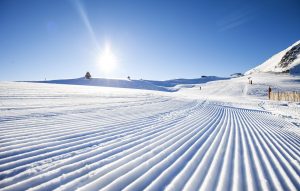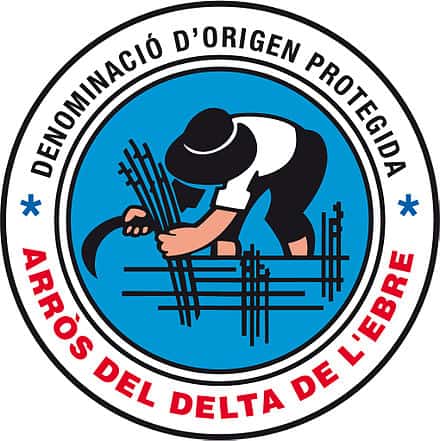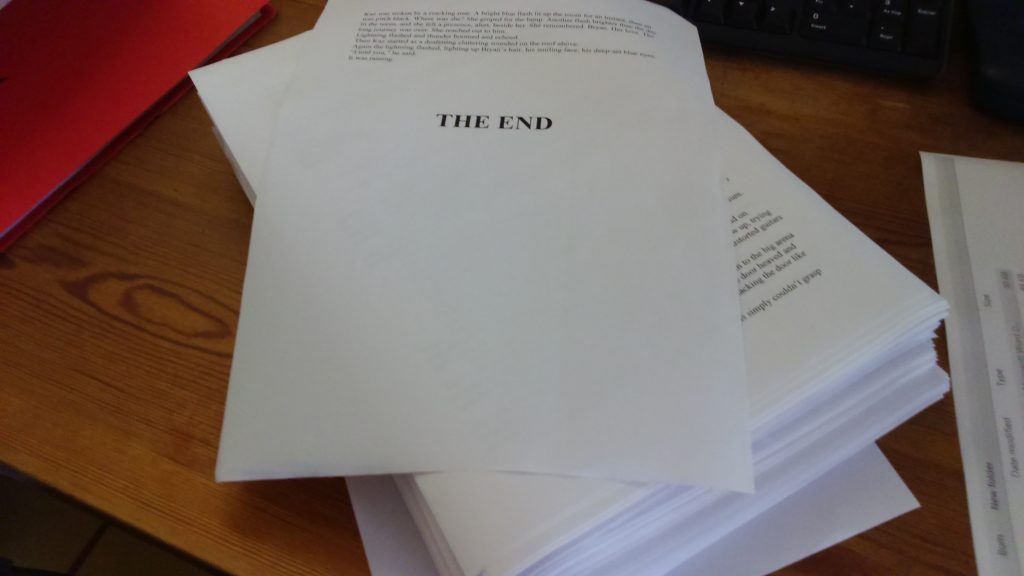
Andorra
Very long and very crowded duty-free shopping street running through the mountains between Spain and France. In fact, Andorra is a mini-country, capital Andorra la Vella, officially called the Principality of Andorra: the heads of state are two co princes: the president of France and the bishop of the border town of La Seu d’Urgell in Spain (a quaint arrangement that has endured since 1278).
Andorra has fabulous mountain scenery, trekking and hiking in the mountains, trout fishing, horseback riding, mountain biking, bird watching, and great skiing. The very first time I went there, dragged along reluctantly by ski fanatics from my intermediate English class, the one thing I remember – apart from sitting smoking on the nursery slopes gloating at all those people with their legs in plaster on the bar terrace below – was my great joy at finding Cadbury’s milk chocolate at the famous Pyrénées department store on the main drag. Back then, and for quite a few years, Andorra was the weekend trip of choice to get hold of imported foods, electric appliances, new tyres, car radios and other duty-free goodies.
And until recently, it was a tax haven. Alas, no more, thanks to pressure from the EU and the Savings Tax Directive. But income tax, sales tax etc in Andorra is still comparatively low.
And Andorra is the only country whose official language is Catalan. The Andorrans (who number 76.949 according to 2014 stats) also speak Castilian and French.
With the adoption of its constitution in 1993, Andorra consolidated its international legal status and was admitted to the United Nations, thereby giving Catalan an official presence in that august body.

Arròs
In my Catalan família política (in-laws), paella, the famous rice dish, wasn’t a thing. We just had ‘l’arròs’ – rice. Which was the Sunday and holiday barbecue of choice where Catalan men showed off their skills with the brases (charcoal embers).
“We used to go to a wonderful barbecue place at Coll de Jou (at 1460 metres one of the toughest mountain passes in Europe where we once had the excitement of watching the Tour de Catalunya flash past).
Never ever has food tasted so good, in the pine forests, surrounded by clouds of wasps, with stones in our paper cups to stop them blowing away […]”
I wrote in The Catalan Picnic Experience.
“[…] The air becomes fragrant with woodsmoke as the men get the fires going. They all have hairy paunches hanging over baggy bermudas, and they stand around in groups shouting and waving kitchen tongs and long forks. The women start early in the morning at home, preparing the squid and prawns, scraping and steaming open the mussels and clams, making the fish stock from the prawn heads and then getting it all into plastic containers and not forgetting onions, garlic, parsley, tomato, saffron, the rice itself of course and the big flat pan and…”
While paella valenciana purists and Jamie Oliver fans fight it out about what may legitimately be called a paella, Catalonia has a huge number of different rice dishes. Arròs negre (black rice) contains cuttlefish and squid. Squid’s ink is used to colour the dish (get it in little sachets from the fishmonger).
Catalonia also has its own official gourmet rice from the Ebro Delta with the Denominació d’Origen Protegida (the equivalent for foodstuffs of the D.O for wines).





6 Responses
We may be travelling to Spain soon for my husband’s work–so this series is fascinating to me, and timely too. I’m looking forward to it!
Oh, that’s exciting, Crystal. Whereabouts in Spain? You’ll love it.
Great post Valerie, thank you for sharing it!
Thanks, Benedicte. Hope you enjoy the coming posts too.
I am enjoying your observations on life in Cataluña…Catalunya.
I’m very glad, Arline. Thank you.